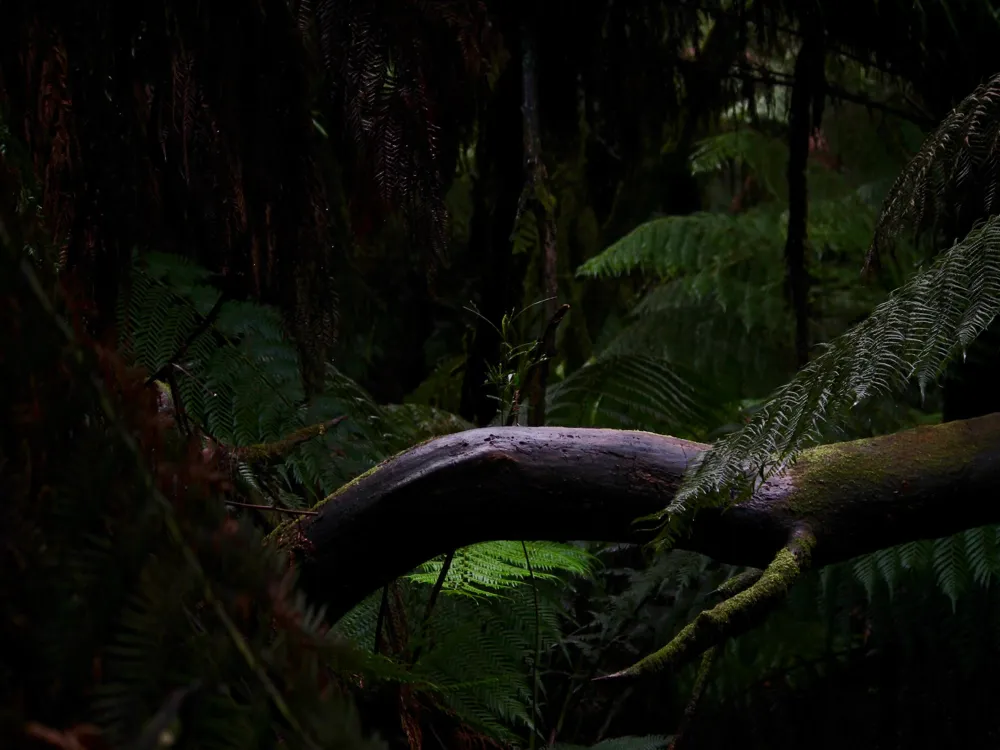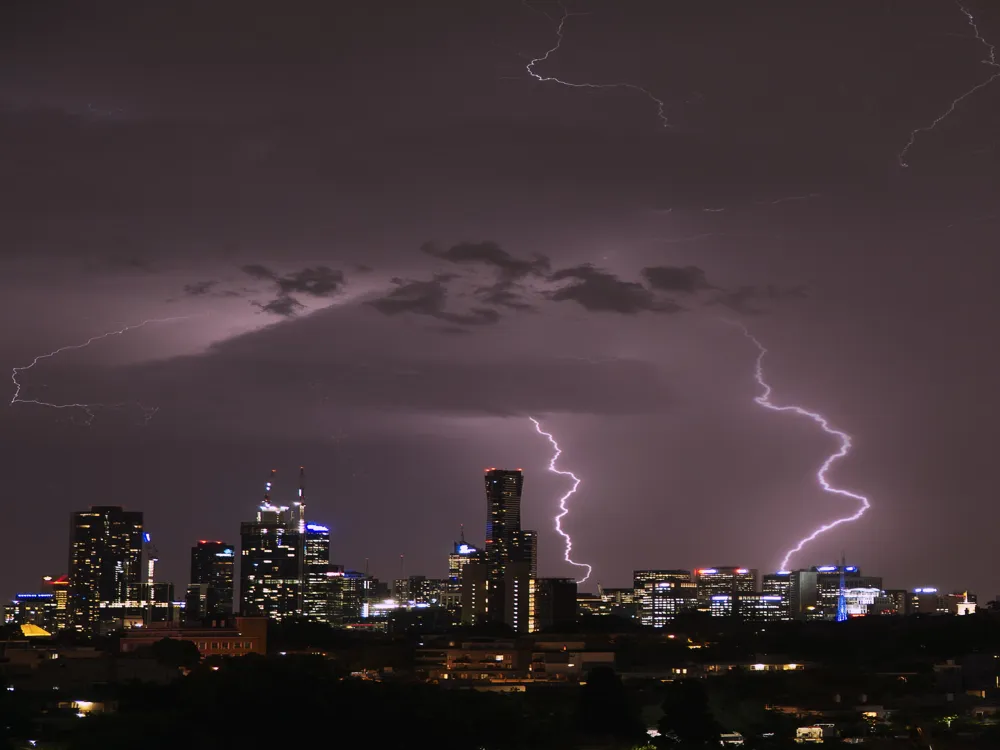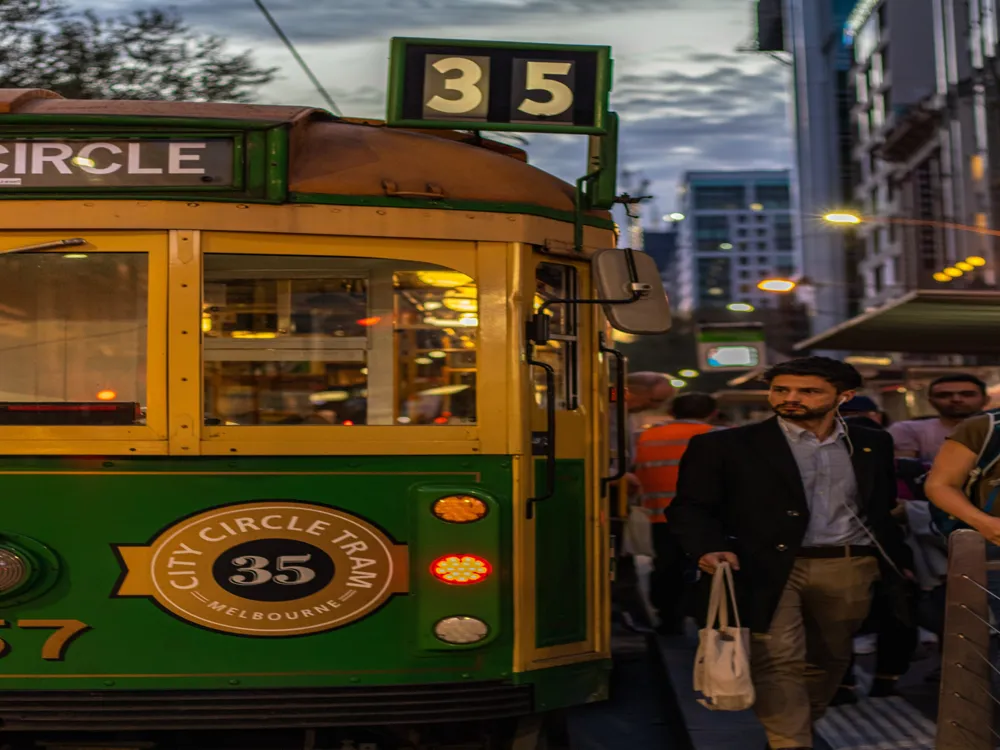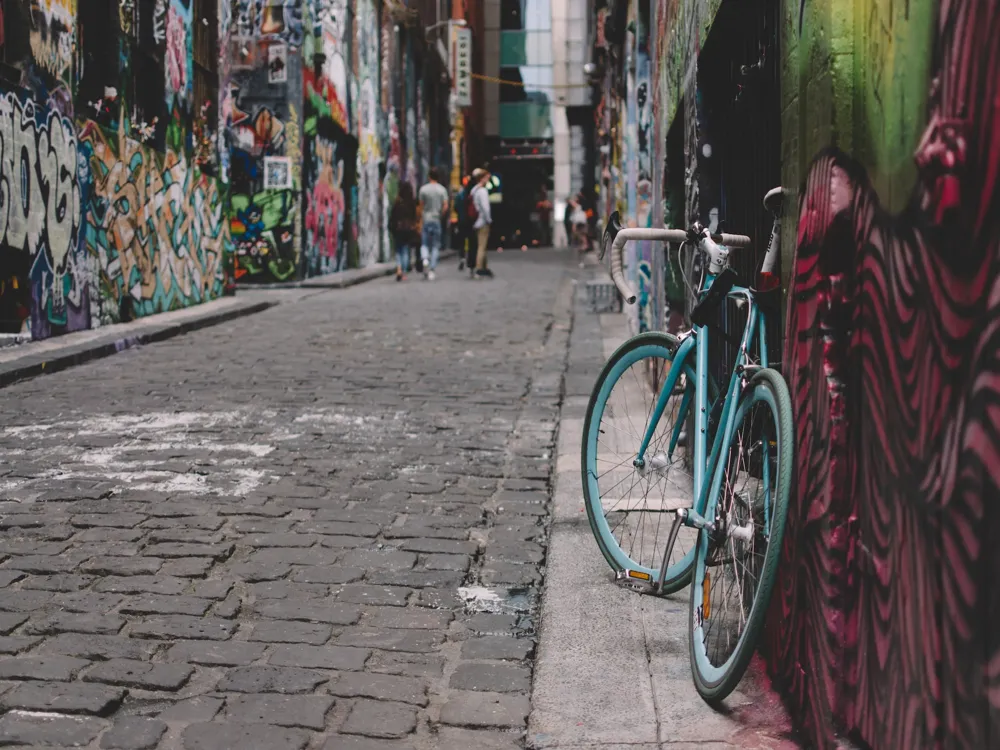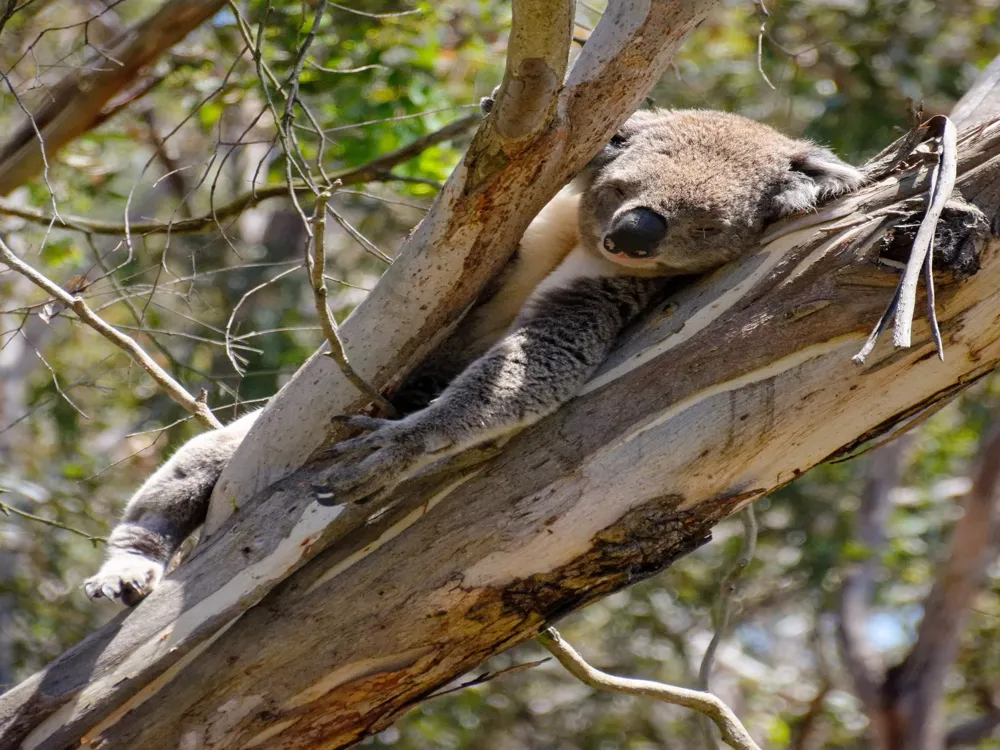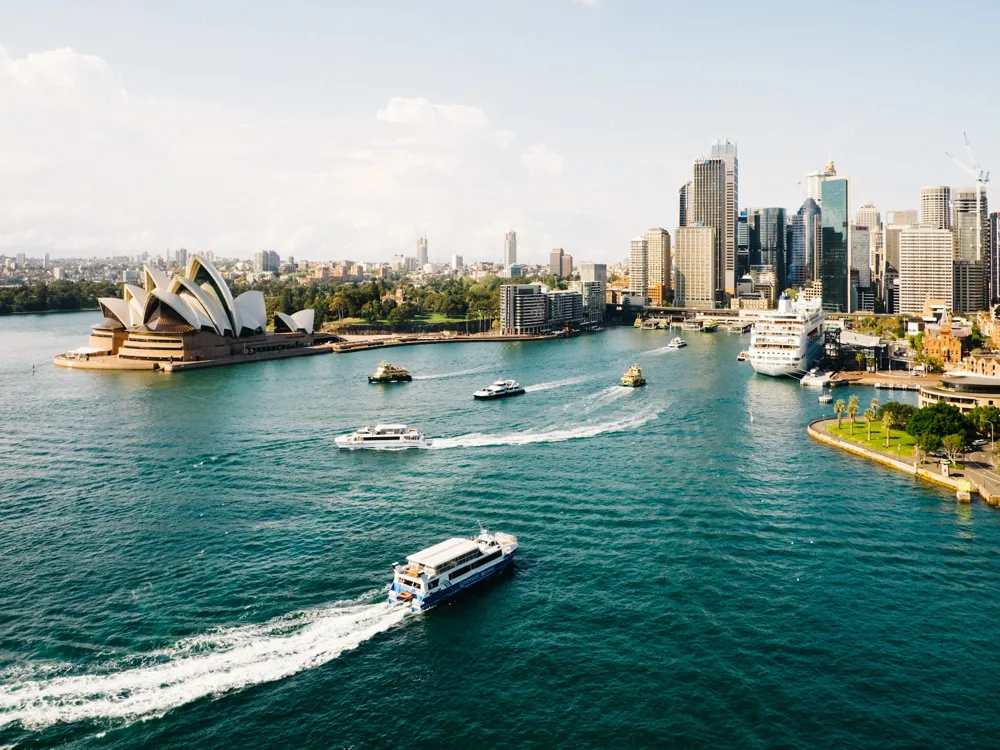Melbourne Zoo, located in the heart of the city, is a window into the wondrous world of wildlife. Established in 1862, it is the oldest zoo in Australia and has since evolved into a 22-hectare sanctuary that is home to over 320 species from around the world. The zoo's commitment to conservation, education, and research has made it a cherished part of Melbourne's cultural landscape. Visitors can embark on a global journey, from the African savannah to the Australian bush, encountering everything from majestic elephants and lions to playful platypuses and koalas. The zoo's design reflects a modern ethos of animal welfare and habitat conservation. Open-air enclosures, immersive habitats, and a focus on creating an environment that closely resembles the animals' natural surroundings are central to its philosophy. Melbourne Zoo plays a pivotal role in international breeding programs for endangered species, and its conservation efforts extend far beyond its gates, with numerous initiatives aimed at protecting habitats and species in the wild. Education is at the forefront of Melbourne Zoo’s mission. The zoo offers a range of interactive and educational programs for visitors of all ages, designed to inspire and inform about wildlife and environmental conservation. Special behind-the-scenes tours and animal encounters provide an up-close and personal experience with some of the zoo's most popular residents. Additionally, the zoo's research projects contribute valuable knowledge to the global scientific community, aiding in the understanding and preservation of species. The architecture of Melbourne Zoo is a blend of historical charm and modern innovation. The zoo’s grounds are dotted with Victorian-era buildings, reflecting its long history. These historical structures are complemented by contemporary architectural designs that prioritize sustainability and animal welfare. The Elephant Trail, for instance, is an expansive habitat designed to mimic the Asian rainforest, providing the elephants with a stimulating and naturalistic environment. Another architectural highlight is the Trail of the Elephants, an immersive experience that takes visitors through a series of habitats replicating the Asian rainforest. This trail is not just an exhibit but an educational journey, showcasing the life and challenges faced by Asian elephants. The Orangutan Sanctuary, with its treetop walkways, allows these arboreal apes to move freely above the ground, simulating their natural forest canopy habitat. The Australian Bush exhibit is another example of the zoo's innovative approach to design. It creates a landscape that is quintessentially Australian, providing a habitat for native species like kangaroos, emus, and koalas. The exhibit's pathways and viewing areas are designed to minimize the disturbance to the animals, offering visitors a respectful and authentic viewing experience. To make the most of your trip to Melbourne Zoo, it's advisable to plan your visit in advance. Check the zoo's website for opening hours, feeding times, and any special events or exhibitions that might be happening during your visit. Arriving early can help you avoid crowds and see the animals when they're most active. Comfortable footwear is essential as the zoo covers a large area and involves a lot of walking. Melbourne's weather can be unpredictable, so dressing in layers and carrying a raincoat or umbrella is advisable. Don't forget to wear sun protection, especially in the summer months. Remember that the zoo is a home to animals. Respect their space by not tapping on glass, making loud noises, or attempting to feed them. Use the designated viewing areas to watch the animals without disturbing them. Melbourne Zoo is equipped with various facilities including eateries, restrooms, and picnic areas. Plan your meal times to avoid peak hours at the zoo’s cafes and restaurants. Picnic areas are a great option for those who prefer to bring their own food. Melbourne Zoo is easily accessible by various modes of transport. The most convenient way to reach the zoo is by public transport. Trams and trains run frequently to the zoo from different parts of the city. Tram 58 stops directly outside the zoo, and the Royal Park station on the Upfield train line is a short walk away. For those driving, there is paid parking available at the zoo. Additionally, many tour operators in Melbourne offer guided tours that include transport to and from the zoo. Read More:Overview of Melbourne Zoo
Architecture of Melbourne Zoo
Tips When Visiting Melbourne Zoo
Plan Your Visit
Dress Appropriately
Respect the Animals
Use Facilities Wisely
How To Reach Melbourne Zoo
Melbourne Zoo
Melbourne
₹ 42,000 onwards
View melbourne Packages
Weather :
Tags : Zoo
Timings : 9 AM - 5 PM
Entry Fee : Child (0-3 years): Free
Child (4-15 years): AUD 21 on Weekdays and Free on Weekends
Adult: AUD 42
Planning a Trip? Ask Your Question
Melbourne Travel Packages
View All Packages For Melbourne
Top Hotel Collections for Melbourne

Private Pool

Luxury Hotels

5-Star Hotels

Pet Friendly
Top Hotels Near Melbourne
Other Top Ranking Places In Melbourne
View All Places To Visit In melbourne
View melbourne Packages
Weather :
Tags : Zoo
Timings : 9 AM - 5 PM
Entry Fee : Child (0-3 years): Free
Child (4-15 years): AUD 21 on Weekdays and Free on Weekends
Adult: AUD 42
Planning a Trip? Ask Your Question
Melbourne Travel Packages
View All Packages For Melbourne
Top Hotel Collections for Melbourne

Private Pool

Luxury Hotels

5-Star Hotels

Pet Friendly







